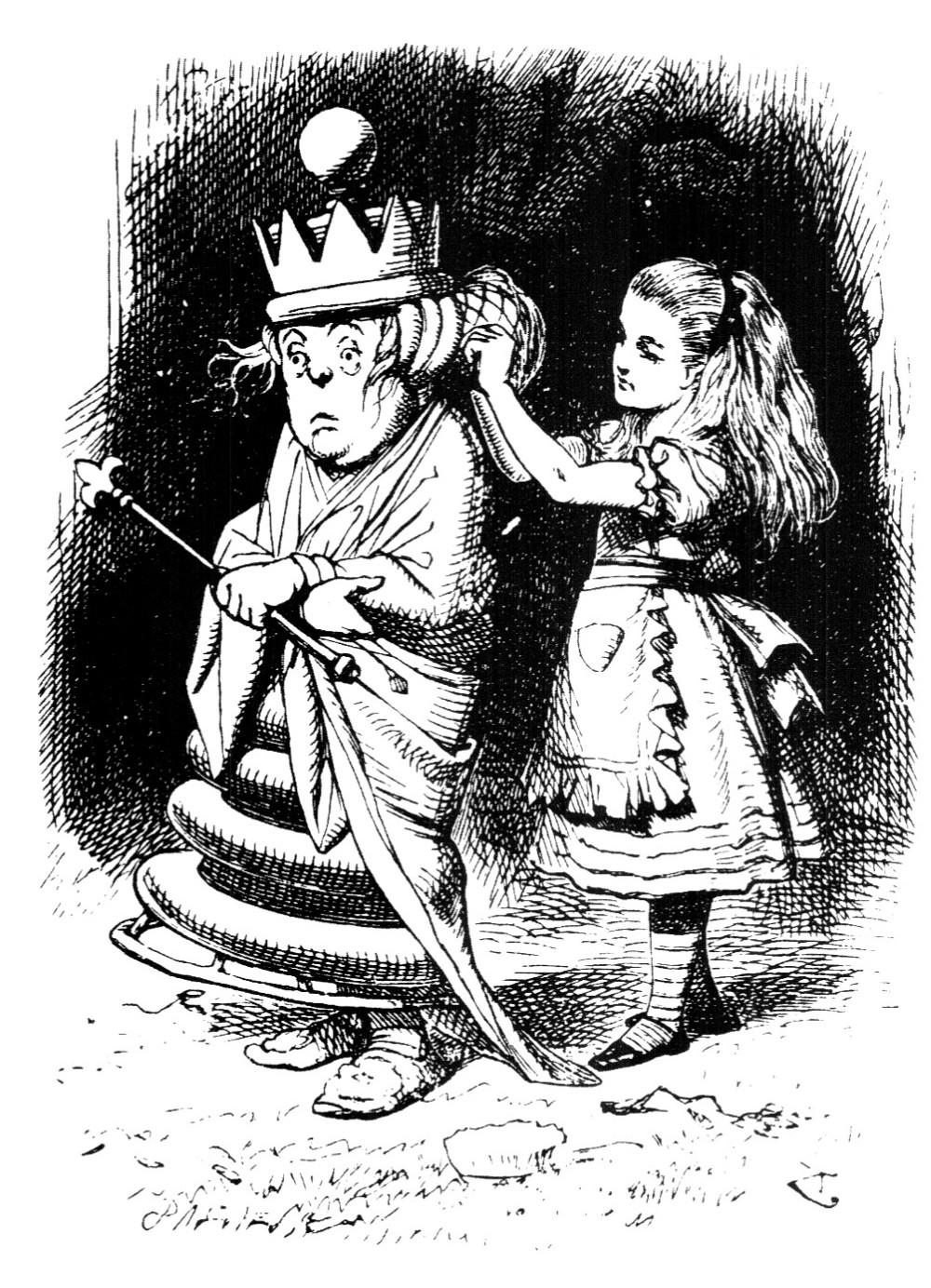“Alice Through the Looking Glass” (2016) is a continuation of a mystical tale entering the magical abyss of “Underland,” which the protagonist refers to as “Wonderland.”
Tim Burton’s sequel to his 2010 film based on the original Disney animation “Alice in Wonderland” (1951) and influenced by the author Lewis Carroll will most likely be scrutinized for its divergence from the original tale.
Regardless of how Burton’s first Wonderland film was received by critics, it was like a dream come true to see a film by one of my favorite directors, based on one of my favorite childhood Disney classics.
I attended the premiere of the first “Alice in Wonderland” at midnight in 2010 and was so happy with the cast and cinematography. In the 3D Imax theater there were gasps, laughs and claps — ending with a standing ovation in the crowded theater. The audience was flabbergasted and jaws dropped throughout the seats.
The news of a sequel being created enticed equal excitement. However, my experience with the second film was quite different. The movie’s cinematography had half the quality of the original and contained underwhelming acting — equivalent to the portrayal in “Sucker Punch” (2011), which had an ironically similar plot of the movie that idealizes a place meant to help someone with a fragile psyche.
Overall, the sequel was aesthetically colorful, yet psychologically dark with recurring lines and references from Burton’s first Alice film that helped fans connect to the original. There were several puns and recurring wordplay about time, which was both a major theme and a central character played by Sacha Baron Cohen
Mia Wasikowska, who played the pseudonymous Alice, is very good at portraying her sequential role. However, she lacks the diversity and range she revealed in the previous film. I will admit that the White Queen, portrayed by Anne Hathaway (“Not my Catwoman!”) was executed exactly as I would imagine the character.
Tim Burton has a reputation for casting his own ragtime bunch to lead in his productions. These actors and actresses remedied this film bearable, including Johnny Depp, Helena Bonham Carter and the late Alan Rickman. This film was released in theaters four months after his passing, making this film his last movie. The acting was impeccable by these three, but were hardly even featured (except for the notorious Red Queen played by Carter).
Carter brought the same rage and elitism she established in the prior film. As the queen, the figurative remark of a head “growing with ego,” was literally portrayed in her character.
The storyline in Underland was intriguing. The father’s legacy through the personification of “time” and the dress Alice wears from China (later replaced with seemingly identical outfit), is outlandish and not relevant at all to the Lewis Carroll original.
The only part of the film that really tips its hat to Carroll is the portrayal of the character “Time.” The personification was a clever way to display time as being obsolete as well as tangible by being a person referred to as “Father Time” but included idioms like “Out of time.” This was a huge theme in the movie, and my favorite part about the film.
Carroll didn’t exactly have the greatest reputation, but he still created this character of Alice and her world of curiosity and joy; however, his writing didn’t seem to influence (other than the actual character names and personalities) this sequel.
This is the first time Burton has produced a sequel to any of his works, and hopefully the revamp of “Beetlejuice” (1992) can prove to be a better homage to its predecessor.
I wouldn’t give Alice Through the Looking Glass (2016) a great rating because of the off-the-cuff story plot twists and sub-par acting, yet I thoroughly enjoyed watching the Burtonesque style that film-lovers have all grown to expect.




